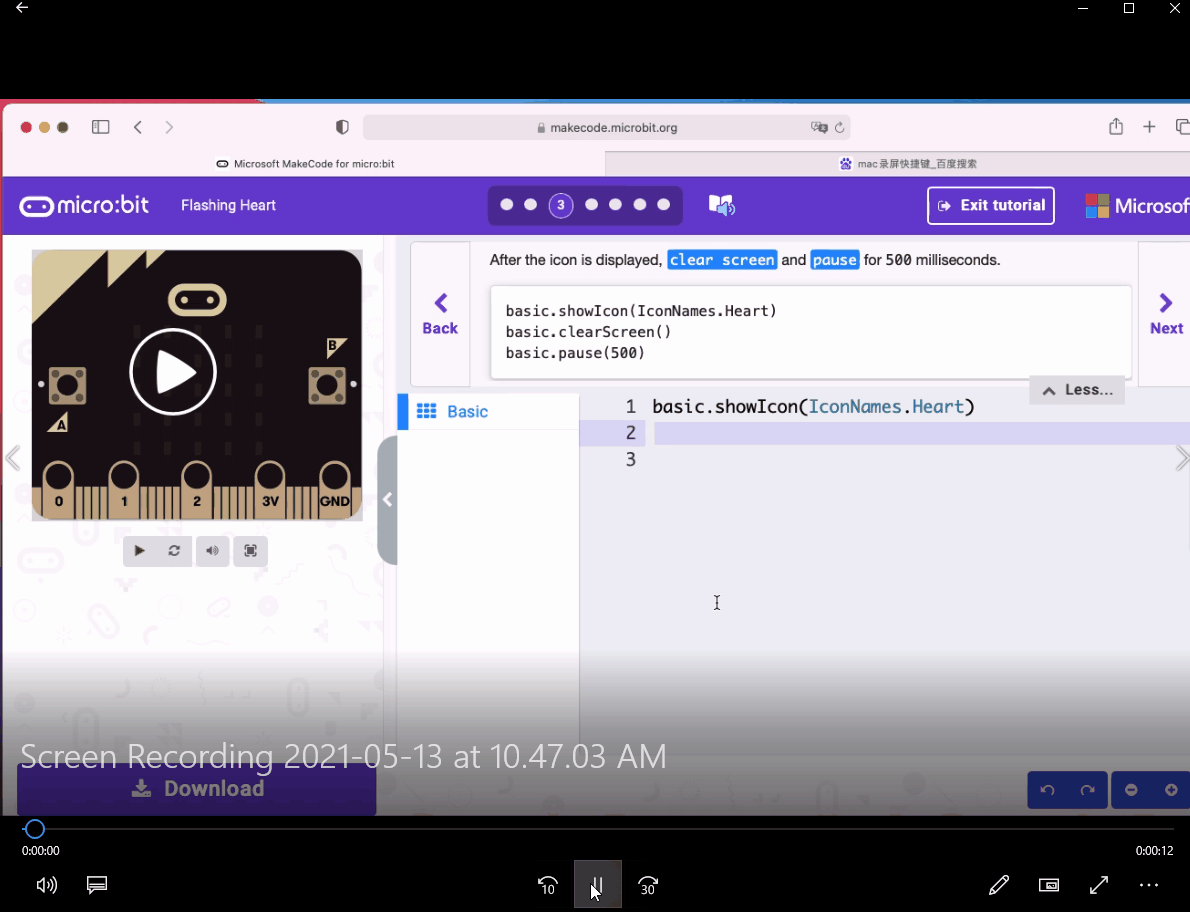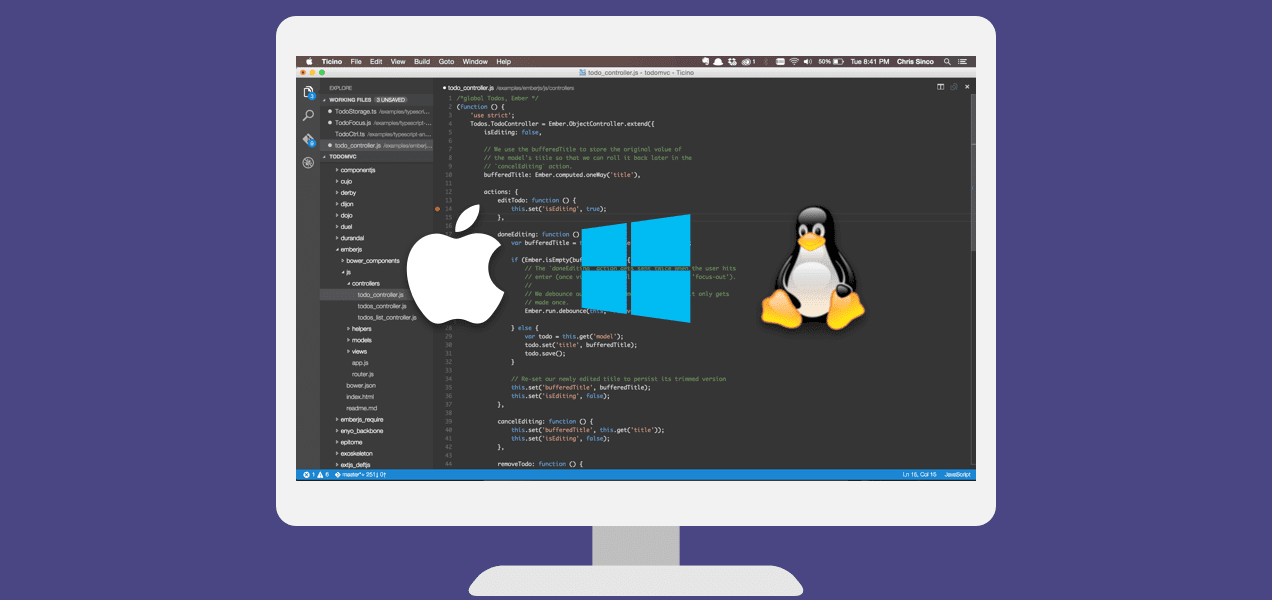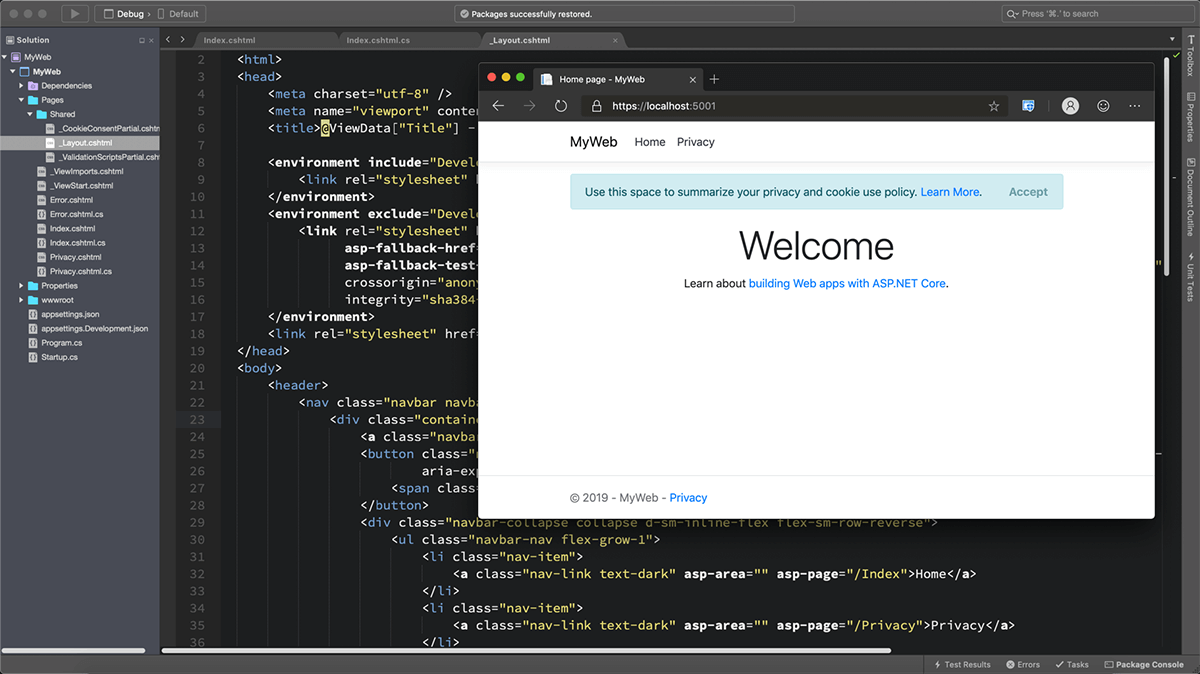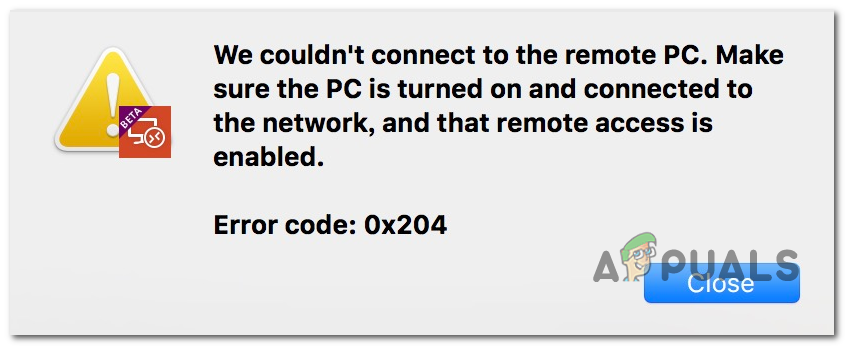

- #Microsoft make code for mac how to
- #Microsoft make code for mac install
- #Microsoft make code for mac windows 10
- #Microsoft make code for mac software
pxt-common-packagesĪt the end of running all the above commands you should end up with a folder structure like so: makecode/ - pxt/ - pxt-common-packages/ - pxt-maker/Īt this point, you can run MakeCode and see all it's existing features. Link repositories together (add sudo for Mac/Linux) rm -Rf node_modules/pxt-core rm -Rf node_modules/pxt-common-packages pxt link.
#Microsoft make code for mac install
Pxt-maker repository git clone cd pxt-maker npm install -g pxt npm install Pxt-common-packages repository git clone cd pxt-common-packages npm install cd. Pxt repository git clone cd pxt npm install npm run build cd. MakeCode uses 3 main repositories for enabling the application to run.Įnsure you follow these instructions carefully and run each command sequentially. Make sure you run all the below commands from the makecode folder. We will use this folder to keep all the MakeCode repositories together. Start by making a folder called makecode somewhere on your computer. I will put them here so everything is in one place and add some notes. These instructions are very clear from the existing MakeCode documentation. Installing CMake (and add to path, CMAKE_C_COMPILER) So they should work on both Mac, Windows and Linux. Without going into much detail, I will just leave the links below for you to download those programs. MakeCode requests NodeJS and Node Package Manager (NPM) tools for it to run successfully.Īdditionally, if you are adding or expanding the functionality you will want Docker installed as well.
#Microsoft make code for mac windows 10
I used Windows 10 for all these instructions, but I believe they are platform independent.
#Microsoft make code for mac software
Once you have all the information you need about the processor you are using, you can start to look at the software and modify it to work for your custom board. The easiest way to approach porting your board is to look at what is a similar Adafruit board model and then start there.

All you need to know is what processor model variant you are using (SAMD51, SAMD21, etc) and the rest should be straight forward.

MakeCode makes it easy to to port your board. Microsoft describes it as: Hands-on computing education Microsoft MakeCode brings computer science to life for all students with fun projects, immediate results and both block and text editors for learners at different levels. It supports JavaScript and Python programming languages that work with the blocks. The key difference is that MakeCode has a power simulate included that shows exactly what your real life board should be doing. MakeCode is similar to Scratch in that the basis of the program is that you have 'blocks' of code that can be dragged into a work space and manipulated into forming logical code. It goes deeper than the documentation so that you can use your own pin names and other cool features.

This guide will help you add your board to MakeCode so you too can enjoy the benefits that it gets. There are currently only a few different board variants - mostly produced by Adafruit and some smaller community members. This platform is very popular for using with the microbit and Adafruit CircuitPlayground Express. Today, we will be looking at the MakeCode platform by Microsoft.
#Microsoft make code for mac how to
I hope to ‘demystify’ and explain how to achieve a successful port for everyone. Many of the sources of information can be vague or difficult for outsiders to understand. This part of a series of write-ups I will be doing to help others who wish to port libraries for their boards. This has lead to discovering a lot about these libraries, how they work behind the scenes and most importantly - what to do to add new boards in the future. Over the past year I have spent a lot of time porting different libraries to the Robo HAT MM1 board developed by Robotics Masters.


 0 kommentar(er)
0 kommentar(er)
